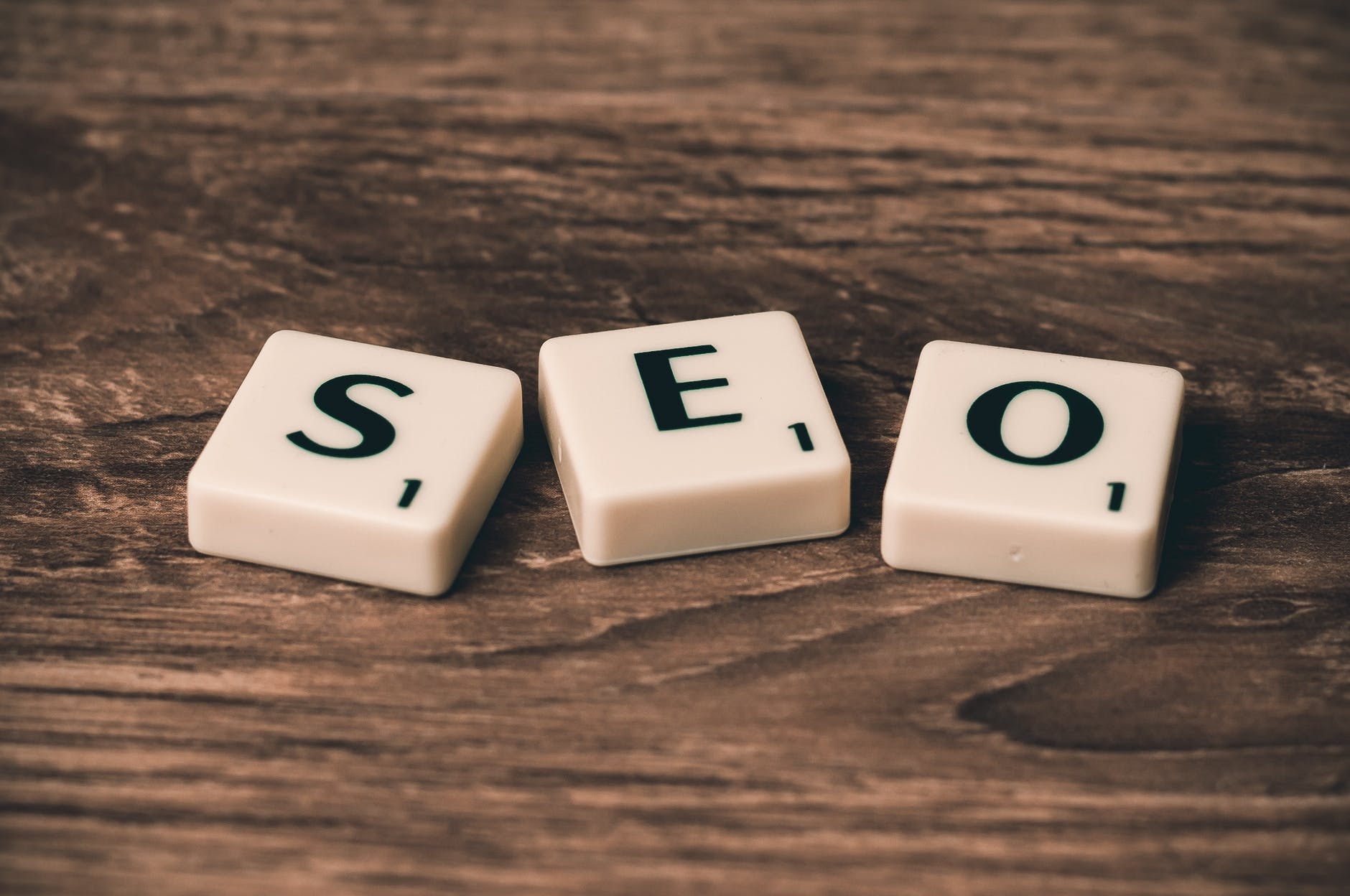Having a proper site structure can enhance your site’s ranking 10 times. So, there is no reason to ignore structuring the site. Apart from this, there are very many reasons that make site structure important for any site owner. So, if you have a website, hire SEO experts who can help you with creating proper site structure. We have listed five key significance of site structure that you should surely consider before investing time and effort in creating site structure. So, let’s begin.
Here are 5 key significance of site structure in SEO:
Helps in crawling site
When it comes to website structure, site crawlability is one of the most crucial factors.
Crawlability refers to a search engine’s ability to crawl through all of your website’s text content to determine what it’s about.
Navigating through subpages and specific themes to have a better understanding of the website as a whole is a component of this process.
To be considered crawlable, a web page must take a visitor somewhere else on the website, from one page to another.
Website crawling is carried out by search engine robots.
There are no dead ends while crawling through your website, which is a fundamental element of effective website crawlability.
Make a concentrated effort to provide internal links on every page, which will serve as a link between sections of your website.
Breadcrumbs, schema, and structured data formats are all beneficial in this situation.
Make sure you’re aware of and keep track of your Google crawl budget.
Helps in structuring URL
The URL structure is one of the most important aspects of how website structure influences SEO. URLs are also the foundation of a good site hierarchy, as they convey authority via your domain and route users to their intended destinations.
The finest URL architectures are content-rich and easy to comprehend for both users and search engines. They should also contain target queries.
Effective structures repeat logic throughout your entire website, and providing an XML sitemap to search engines with all of the most significant URLs you want to rank for is also beneficial. Keep URLs as short as possible and avoid overcomplicating them with too many parameters.
Helps in internal linking
The fundamentals of good navigation are that users should be able to move easily from one page to the next.
If your website is vast and contains a lot of pages, the challenge is to make them all accessible with only a few clicks and navigation.
Usability experts recommend that finding any given page should only take three clicks, however, this advice should be used as a guideline rather than a law.
Internal linking aids in the discovery of a page by users and search engines, and, like a messaging house, it aids in the flow of information between pages.
Search engines have a tougher time crawling pages that aren’t linked.
Categorize and organize links in a way that does not jeopardize the structure of your website. Internal linking is accomplished by using keywords in your article to link to another related piece of information on your site.
Helps in navigation and better user experience
Today’s website usability criteria are far more stringent than they were in the early days of the Internet. When a visitor comes upon a website that is badly created, they will avoid engaging with it further. Furthermore, no one wants to waste time on a website that leaves them unclear about what to do next. If a visitor can’t locate the information they’re looking for on your site, they’ll go to a competitor’s. In addition, poor user experience harms SEO. Google interprets how users interact with a website to improve future search results. Google’s algorithm uses click-through rate, time spent on site, and bounce rate as signal indicators. The search results are validated by Google based on statistics showing a favorable experience.
Improve site speed and performance
If the design and structure of your website do not promote a quick user experience, your SEO and bottom-line results will suffer.
All of the hard work done by developers, content authors, and SEO specialists is harmed by slow site and page speeds, unresponsive pages, and anything else that “takes time” for the user.
A one-second delay in page load time might result in fewer page views, traffic, and conversions.
To avoid large costs and costly mistakes, work with your designers and IT departments to determine the correct mobile design and website structure – for example, responsive web design – and to identify all the advantages and cons.
Conclusion
As you know the amazing benefits of site structure in SEO, you cannot resist it. So, plan and do invest in creating a proper site structure for your site. I’m sure you won’t regret it.

